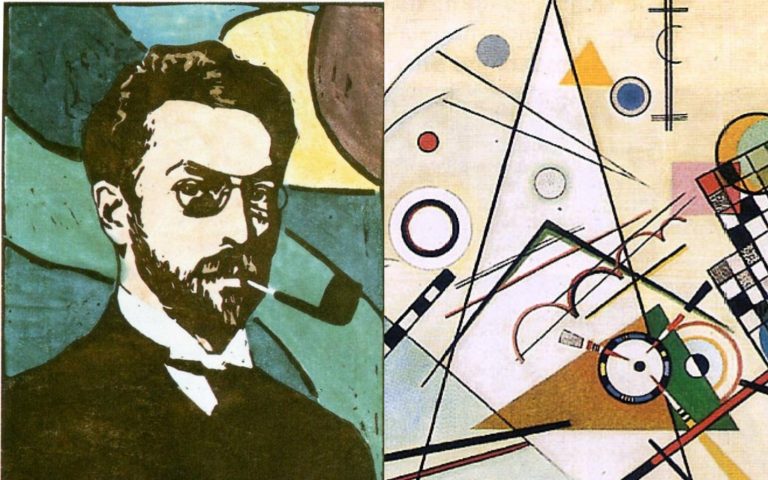
Black and white artwork has a timeless and classic appeal that can be both striking and elegant. If you're looking to create stunning black and white pieces, mastering the monochrome technique is essential. This article will guide you through the process of creating beautiful black-and-white artwork that captures the eye and evokes emotions.
The Power of Black and White Artwork
Black and white artwork has a unique ability to convey emotions, mood, and atmosphere without the distraction of color. Here are some reasons why black and white artwork is so powerful:
- Timeless appeal: Black and white images have a classic and timeless quality that transcends trends.
- Focus on form and texture: By removing color, black and white artwork emphasizes form, shape, and texture, allowing the viewer to appreciate details that may have been overlooked.
- Dramatic contrast: Black and white images create striking contrast, making them visually compelling and impactful.
- Emotional impact: The absence of color can intensify emotions and create a sense of nostalgia, melancholy, or drama.
Choosing the Right Subject
When creating black and white artwork, the subject plays a crucial role in captivating the viewer's attention. Here are some tips for choosing the right subject:
Texture and Contrast
Look for subjects that offer a variety of textures and contrasts, such as rough surfaces, intricate patterns, or interesting light and shadow play. These elements can add depth and visual interest to your black and white artwork.
Shapes and Forms
Focus on subjects with interesting shapes and forms that stand out in black and white. Look for strong silhouettes, geometric patterns, or unique compositions that can create a dynamic visual impact.
Emotion and Mood
Select subjects that evoke emotion and convey mood effectively in black and white. Whether it's a portrait, landscape, or still life, choose subjects that tell a compelling story and elicit a strong emotional response from the viewer.
Composition and Lighting
Composition and lighting play a vital role in creating stunning black and white artwork. Here are some tips to help you master composition and lighting:
Rule of Thirds
Use the rule of thirds to create a balanced and visually pleasing composition. Divide your frame into a 3×3 grid and position your subject or focal point along the gridlines or at the intersection points to create a dynamic composition.
Leading Lines
Incorporate leading lines into your composition to guide the viewer's eye through the artwork. Use lines, shapes, or objects within the frame to create a sense of depth and movement that adds visual interest to your black and white piece.
Light and Shadow
Pay attention to lighting to create dramatic contrasts between light and shadow in your black and white artwork. Experiment with different lighting techniques such as side lighting, backlighting, or low-key lighting to enhance the mood and atmosphere of your piece.
Editing and Post-Processing
Editing and post-processing are essential steps in creating stunning black and white artwork. Here are some editing tips to help you enhance your monochrome pieces:
Contrast and Clarity
Adjust the contrast and clarity of your black and white images to make them pop. Increase the contrast to create more dynamic range between light and dark areas, and enhance clarity to bring out details and textures in your artwork.
Tone and Exposure
Fine-tune the tonal range and exposure of your black and white images to achieve a balanced and well-exposed look. Experiment with highlights, shadows, and midtones to create a harmonious tonal balance that adds depth and dimension to your artwork.
Cropping and Framing
Consider cropping and framing your black and white artwork to enhance the composition and focus the viewer's attention on the subject. Experiment with different cropping ratios and aspect ratios to find the perfect framing that highlights the essence of your piece.
Printing and Presentation
Once you've created your stunning black and white artwork, it's crucial to consider printing and presentation to showcase your work effectively. Here are some tips for printing and presenting your monochrome pieces:
Paper Selection
Choose the right paper that complements your black and white artwork. Consider factors such as paper texture, weight, and finish to enhance the visual impact of your prints and bring out the details and tones in your artwork.
Matting and Framing
Matting and framing can enhance the presentation of your black and white artwork. Select mats and frames that complement the style and mood of your piece, and consider using archival materials to protect and preserve your prints for years to come.
Display and Lighting
When displaying your black and white artwork, consider the lighting conditions to showcase your pieces effectively. Use ambient or directional lighting to accentuate the textures and contrasts in your artwork and create a captivating display that draws the viewer in.
Mastering the monochrome technique requires practice, experimentation, and a keen eye for composition and lighting. By following these tips and techniques, you can create stunning black and white artwork that captivates the viewer and evokes emotions that transcend color.
